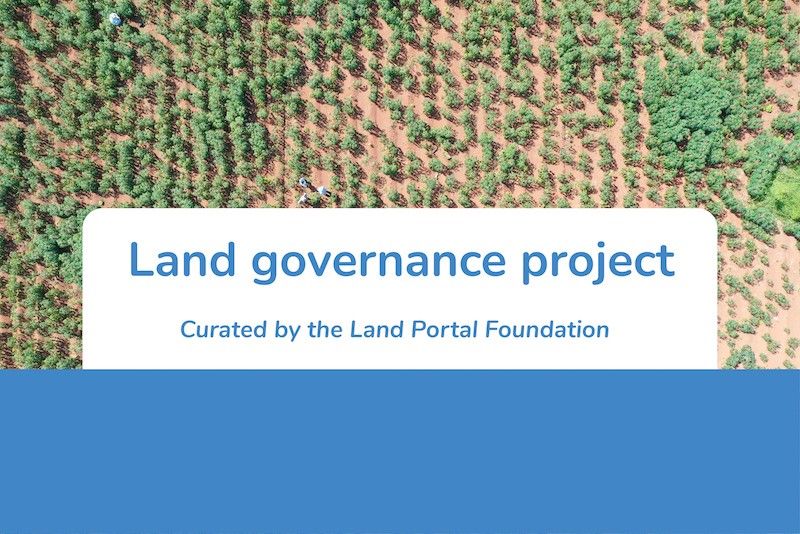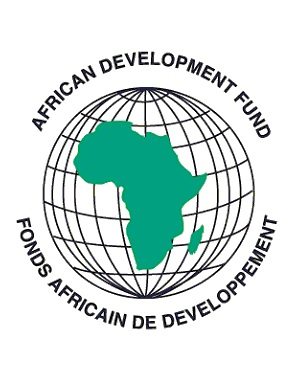Community / Land projects / FARM
FARM

€0
04/17 - 11/22
Completed
This project is part of
Implementing Organisations
Donors
Data Providers
General
The Food Security and Inclusive Access to Resources for Conflict-Sensitive Market Development (FARM) programme will work to improve target population’s access to, control over and utilization of land and improve market systems through increased cooperation between market actors in selected value chains, contributing to food security and stability.
Objectives
The FARM project has worked on two main outcomes: 1. Access to and control over and utilization of land 2. Strengthened market systems and cooperation in value chains (VC). Land tenure security is an important driver of conflict within communities and between communities and large land-owners (concessionaires). Lack of tenure security also reduces investment of farmers in their land and conservation practices. The project has contributed to solve 460 conflicts over land and to increase access to land for 8,700 farmers. The improvement of access to land is mainly through short-term leases with concessionaires. The project was less successful to achieve long-term and sustainable solutions and access to land. Security related issues have an enormous impact on agricultural performance in Eastern DRC. Lack of secure access to land and markets are an hindrance to agricultural development. In order to enhance agricultural and value chain development, a conflict-sensitive approach is required, including addressing security related issues. The activities in component 2 (Markets/VC) led to improved market access and income for market actors (13,885 market actors). The project focused on enhancing collaboration between market actors of different communities, and increasing income Of market actors through pro-poor agricultural value chains and markets. The project did enhance the collaboration between market actors and improved the functioning of some value chains. The sustainability of the results may be limited as the conflict dimension was not fully reflected in the strategy and activities. This may explain that some groups felt not considered sufficiently.



